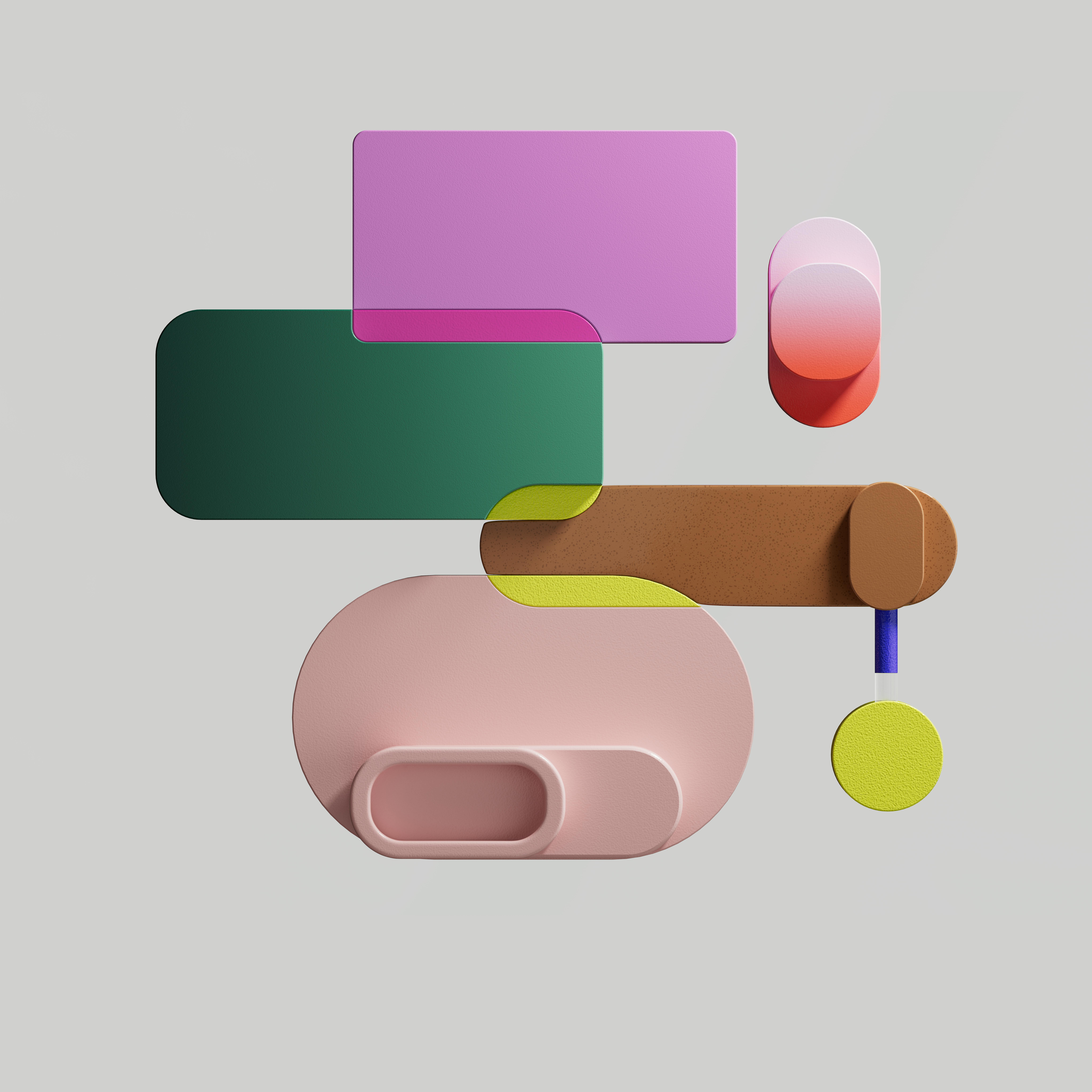Multimodal Learning Model: The Technological Showdown Between OpenAI and Google

Are you curious about the latest innovations in multimodal machine learning models? If so, you are in for a treat as companies like OpenAI and Google intensify their efforts to lead in this rapidly evolving domain. With the two companies setting high standards by introducing GPT-3 and MUM respectively, it's evident that these advanced machine learning models are capable of making self-supervised and complex computations. This enlightening discourse will delve into the fascinating aspects of multimodal learning models, particularly focusing on the astonishing aspects of OpenAI's GPT-3 and Google's MUM.
Getting Familiar with Multimodal Learning Models
In order to truly appreciate the immense potentials that these companies are unlocking, it is pertinent to understand the concept of multimodal learning models. Multimodal Learning Models are incredible AI technologies that process and analyze information from various data types—such as text, images, and so forth—in a coherent manner. By assimilating a 'combo' of multiple data types, these models provide diverse and highly sophisticated analysis results. The ultimate goal is to improve the interaction between humans and machines, making it more intuitive and conversational.
GPT-3 by OpenAI: A Game Changer
OpenAI's GPT-3 is undeniably a trailblazer in the realm of multimodal learning models. GPT-3, standing for Generative Pre-trained Transformer 3, utilizes transformers—the attention mechanism that allows it to understand the context of words in a sentence—to generate human-like text. With an immense capacity of 175 billion machine learning parameters, it is ten times larger than any previous language model.
GPT-3 astounds with the ability to write high-quality articles, answer trivia, translate languages, and even generate Python code. Its facility with natural language understanding and generation offers fantastic implications in synthesizing human behavior. OpenAI's success has generated an incredible buzz in AI communities and has set high standards in the realm of multimodal learning models.
Google Fights Back: The Advent of MUM
Not one to rest on its laurels, Google answered back with its revolutionary MUM (Multitask Unified Model). Going a step further than GPT-3, MUM can comprehend information across multiple languages and modalities. With its ability to understand and generate language, process images, and make sense of multiple languages, MUM is another grand leap forward.
MUM's unique edge lies in its ability to fill knowledge gaps by transferring information across different tasks, modalities, and languages. This ensures provision of in-depth and accurate search results that save users the trouble of conducting multiple, related searches. With MUM, Google has taken a bold step in making search engines more intuitive and versatile.
OpenAI Vs Google: The Thriving Competition
The advancements in the world of multimodal learning models have been phenomenal, with titans like OpenAI and Google leading the way. Both GPT-3 by OpenAI and MUM by Google have their distinctive features and capabilities, making it hard to pick a clear winner. Instead, this ongoing competition heralds an era of immense growth and staggering possibilities in the domain of AI.
This rivalry will undeniably lead to more innovative multimodal learning models, ultimately benefitting the end users through more accurate information processing and analysis. As this exciting competition unfolds, it encourages us to keep our fingers on the pulse of the fast-evolving world of multimodal learning models.



